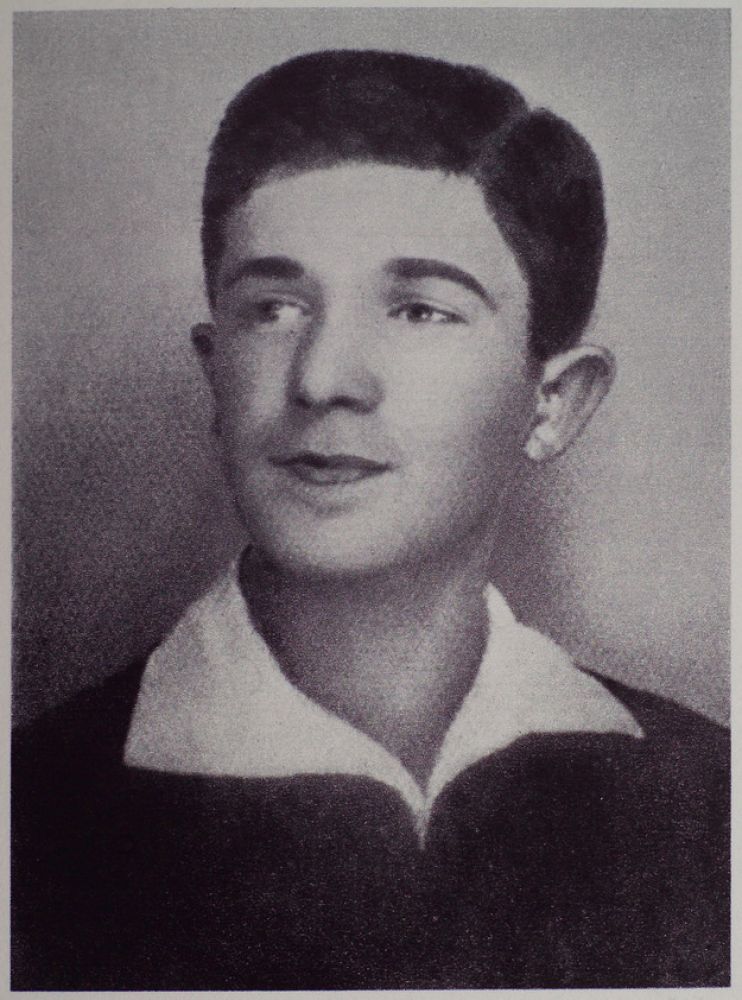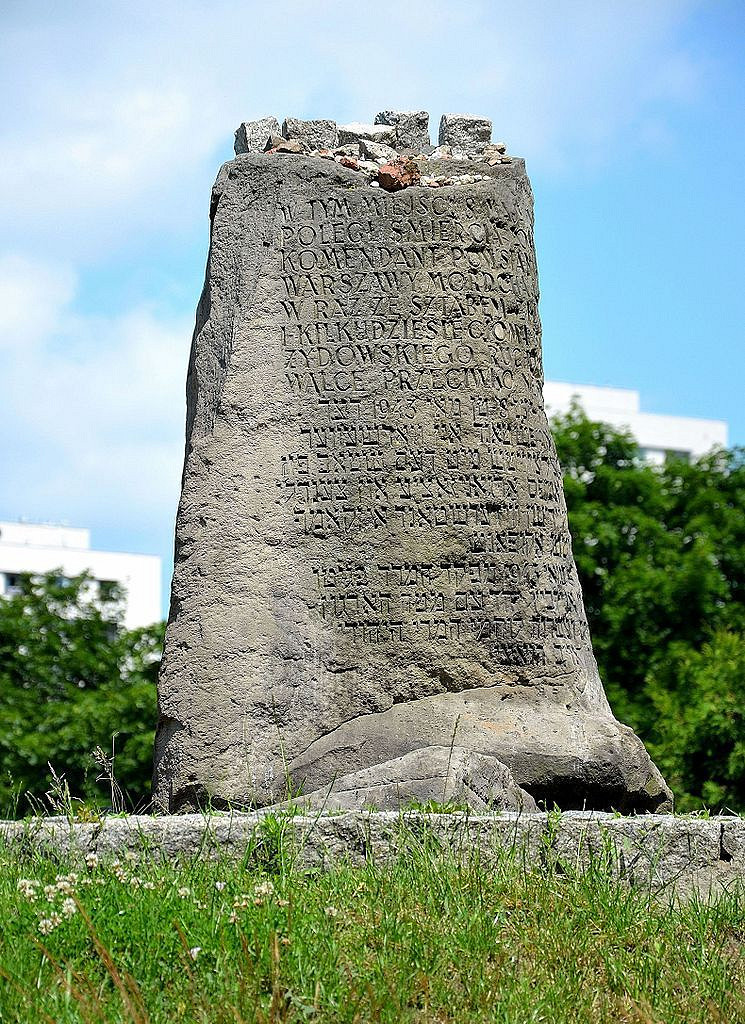- News
- Events
- Oneg Shabbat
- Collections
- Research
- Exhibitions
- Education
- Publishing Department
- Genealogy
- About the Institute
- Bookstore


‘A young man, 25 years old, of medium height, with a narrow, pale, slim face, long hair, pleasant appearance. I first met him at the beginning of the war, when he came to me dressed in sportswear and asked to borrow him a book. From that time on, Comrade Mordechai often came to borrow books on Jewish history, especially economics, which he was very interested in. Who could have known that this quiet, modest and sympathetic young man would become, three years later, the most important man in the ghetto, whose name some pronounced with reverence, others – with fear’ [1].
This is how Emanuel Ringelblum described Anielewicz after he left the ghetto and came into hiding in an underground bunker at Grójecka street. Anielewicz was born in Wyszków in 1919. Before the war, he belonged to the Betar organization, and then to Hashomer Hatzair. After the war started, he was arrested by the Soviets and returned to Warsaw via Vilnius. In the Warsaw ghetto he organized education for Jewish youth. From May to August 1942 he was outside of Warsaw, co-organizing the resistance movement in other cities, such as Częstochowa. In November 1942, he became the head of the JCO. Anielewicz commanded the organization during the January 1943 revolt against the second deportation to Treblinka and the Warsaw Ghetto Uprising [2]. During the uprising, the JCO staff moved from Miła 29 to Miła 18, to a large bunker built by Jewish smugglers. The Germans surrounded the hideout on May 8, probably as a result of treason. Along with Anielewicz, about 120 JCO fighters committed suicide.
‘I remember the conversation I had with the commander of the JCO, who fell in the Uprising, the member of the General Council of Hashomer Hatzair, Mordechai Anielewicz (nickname: «Marian-Mordechai»),’ Ringelblum wrote. – ‘He knew the fight would be unequal and assessed his chances well, predicted the destruction of the ghetto and the shops [the ghetto’s forced labor workshops – ed.], he was sure that neither he nor his fighters would survive the liquidation of the ghetto, that they would die like homeless dogs and that nobody would even know their final resting place. After a series of heroic deeds in January and April 1943, he died a few weeks after the start of the April operation in a five-entry bunker, suffocated by gas, which the Germans introduced before entering the bunker from five sides’ [3]. (Ringelblum did not know that the fighters had committed suicide).
In 1946, an obelisk with an inscription in Polish, Hebrew and Yiddish was placed on the mound of debris in the place where Anielewicz’s bunker was located. The writing reads: ‘Here, on May 8, 1943, the commander of the Warsaw Ghetto Uprising, Mordechaj Anielewicz, along with the staff of the Jewish Combat Organization and several dozen fighters of the Jewish resistance, died the soldiers’ death fighting against the German occupiers.’

See also:
A forgotten struggle. The Jewish Military Union in the Warsaw Ghetto Uprising
Footnotes:
[1] Archiwum Ringelbluma, v. 29a, Pisma Emanuela Ringelbluma z bunkra [The Ringelblum Archive, volume 29a, Letters of Emanuel Ringelblum from the bunker], edited by Eleonora Bergman, Tadeusz Epsztein, Magdalena Siek, Jewish Historical Institute Press, Warsaw 2018, p. 164–165.
[2] Ibid., p. 164, footnote 105.
[3] Ibid., p. 88.